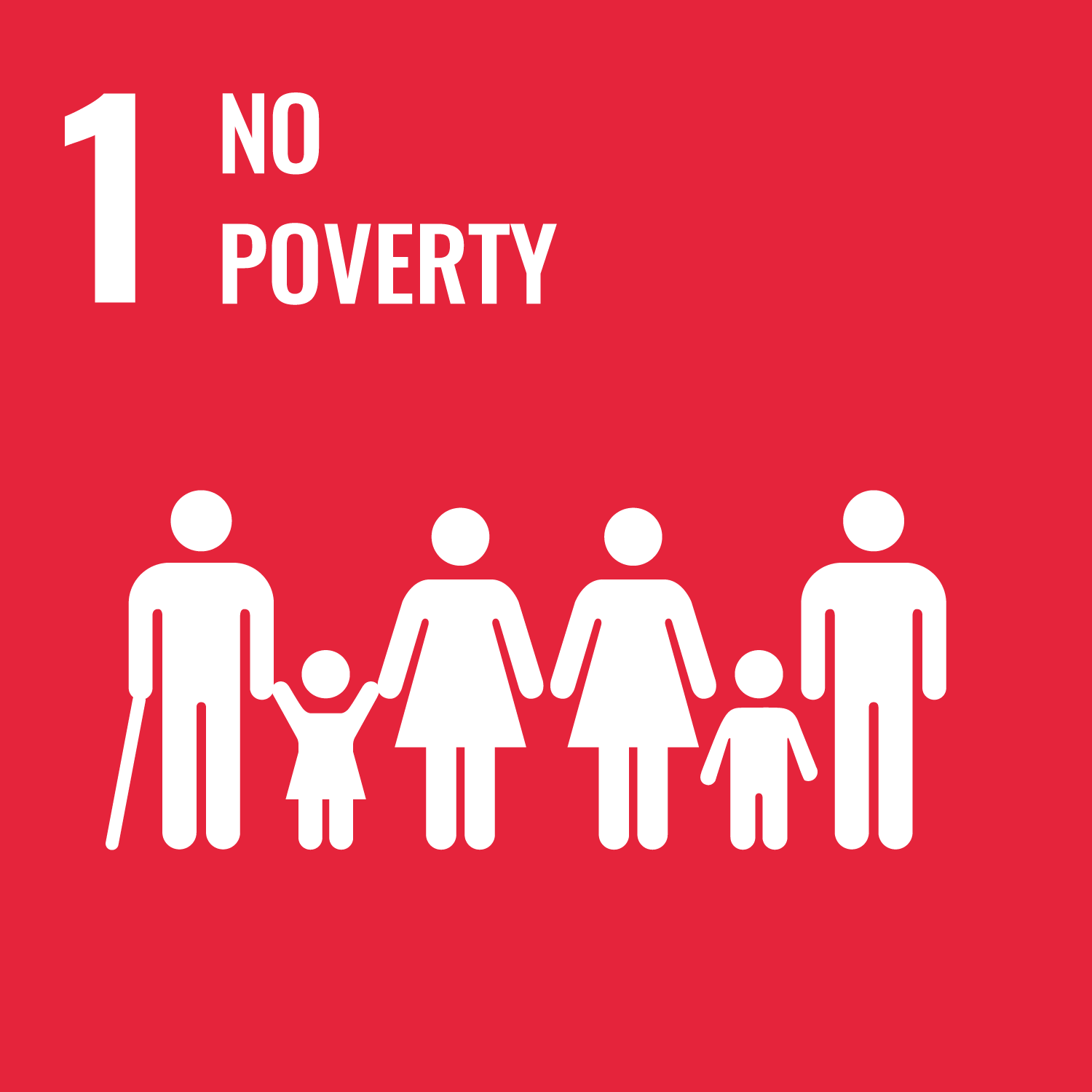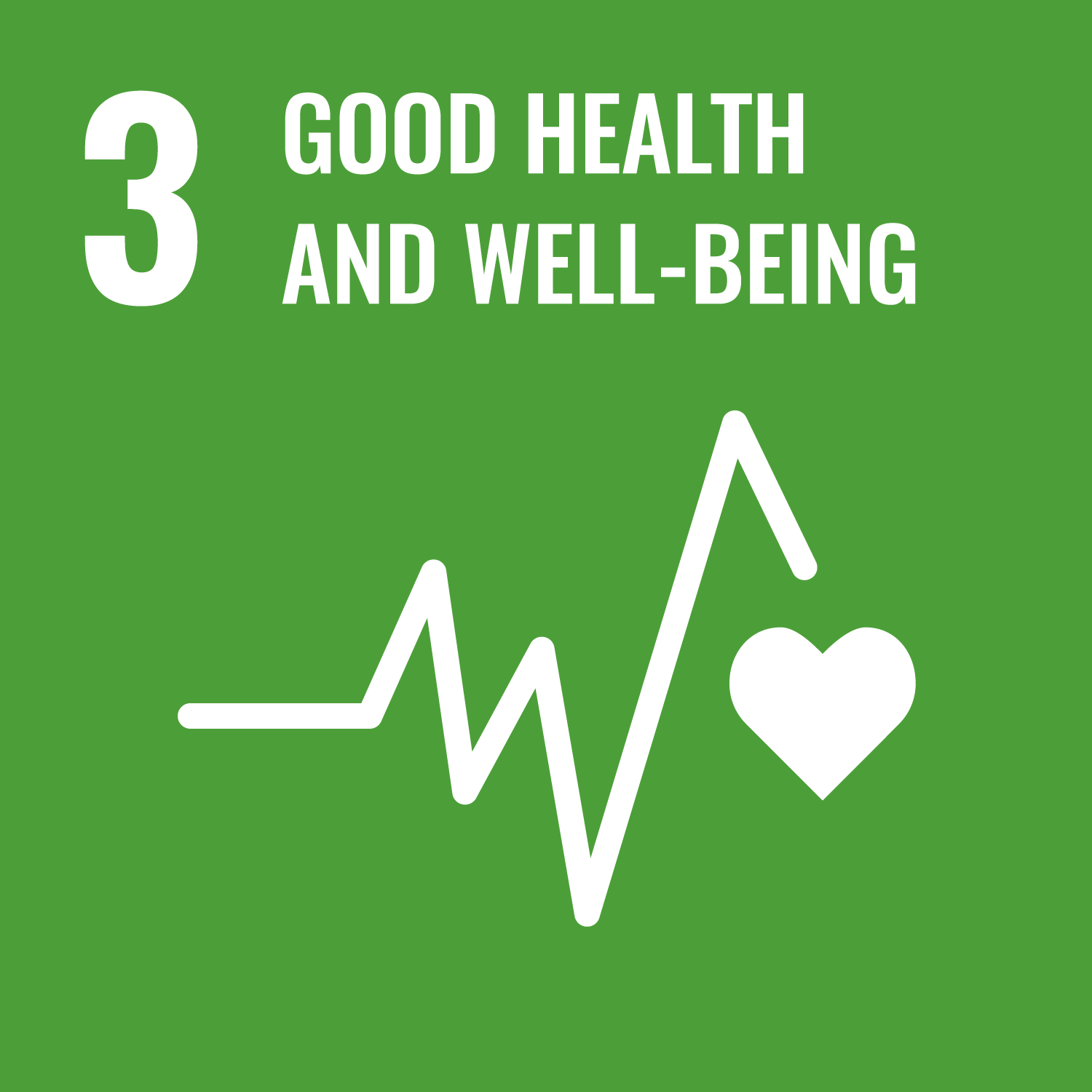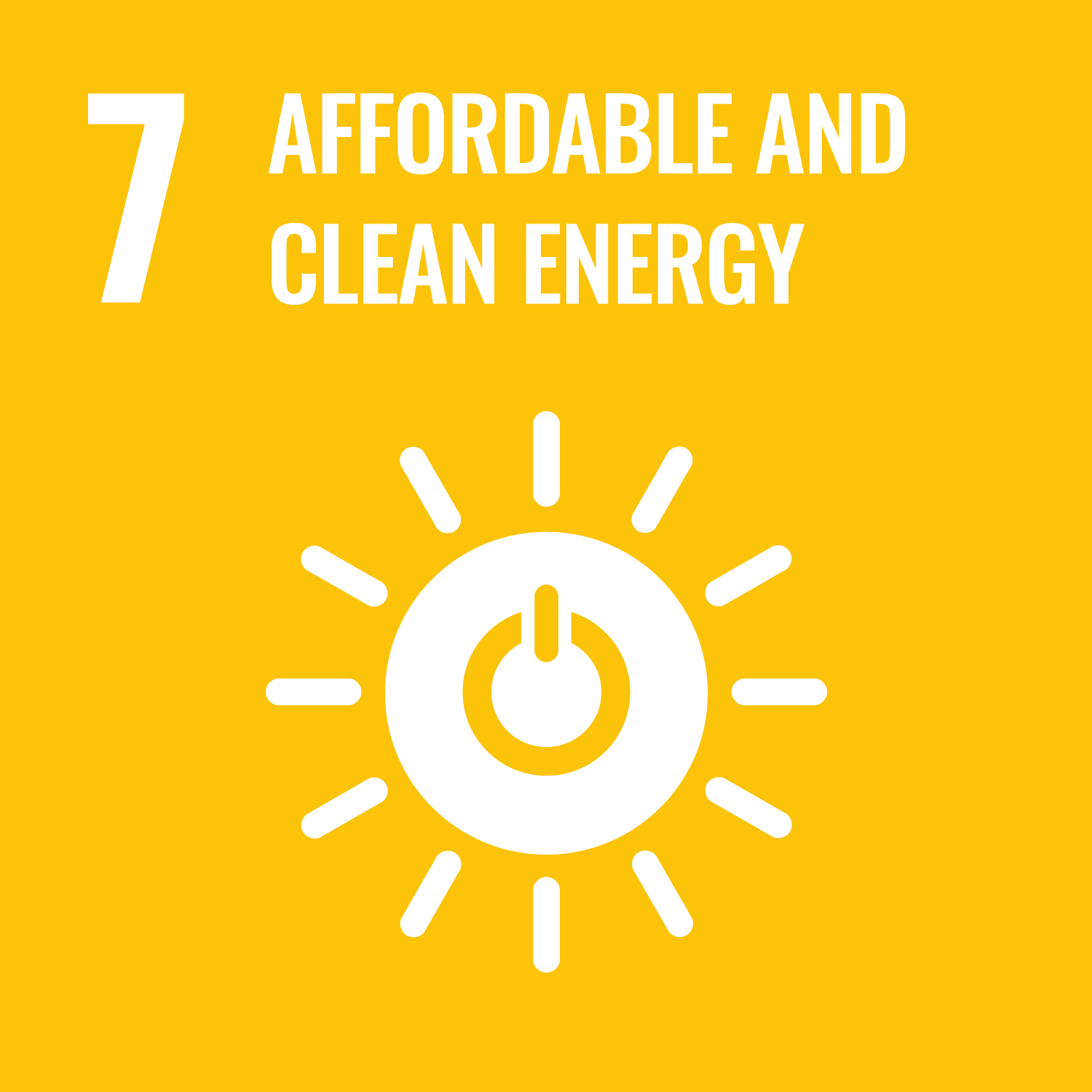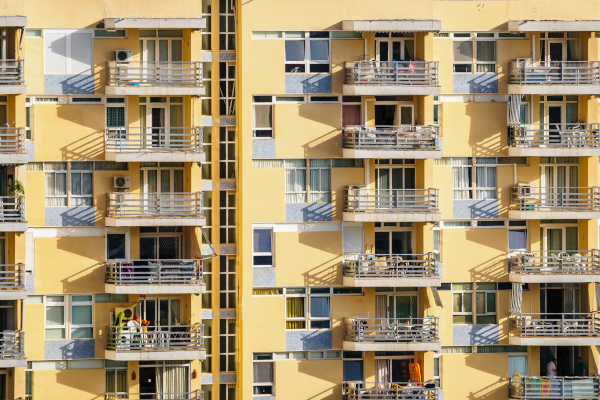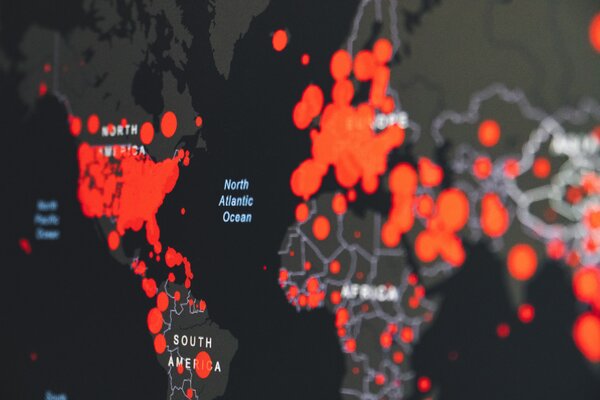Fondecyt Regular 1200551- Energy poverty prediction based on social housing architectural design in the central and central-southern zones of Chile: an innovative index to analyze and reduce the risk of energy poverty
Fondecyt Regular 1200551- Energy poverty prediction based on social housing architectural design in the central and central-southern zones of Chile: an innovative index to analyze and reduce the risk of energy poverty
National projectThe project's general goal was to develop a predictive indicator and application models which, using the dwelling and family's basic information, were capable of analyzing existing buildings, helping allocate or choose new social housing (SH) and, assess standards to reduce energy poverty risks in Central and Central-Southern Chile. The following are considered as specific goals:
1. Collecting primary data, using onsite measurements and surveys, regarding architectonic, constructive and indoor environment characteristics (temperature, humidity, intra-household contamination) of different social housing typologies, as well as data regarding energy needs (equipment, access, interruptions, sources, capacity and energy expenses), economic and social aspects of families living there (incomes, expenses, use of dwelling and demographic data).
2. Determining factors to fit simulation data to real data, to adjust energy simulations of dwellings built using current (TR) and new construction standards (NTM 11-2 and ECSV).
3. Developing a predictive energy poverty risk using the data collected aligned with energy poverty three-dimensional index, generating information, and making its use in other social situations, SH typologies, materialities and geographic areas possible.
4. Establishing and validating mathematical models that allow using the index proposed more simply, to analyze existing buildings, help allocate or choose new social housing and assess standards to reduce energy poverty risks.
5. Developing tools for dissemination and use along with recommendations for their implementation in the legislation applicable to the construction, acquisition, rental or modification of social housing in Chile.
With a budget between 100.000 and 1M euros. the project had 5 stages (13 activities):
Stage 1: comprised designing and validating data collection tools, identifying statistically representative SH typologies and onsite primary data collection.
Stage 2: comprised simulating the dwelling's resulting energy use to set adjustment factors that allowed calibrating the simulated consumption with real consumption.
Stage 3 focused on reviewing models and criteria to measure and assess EP, to establish the risk indicator with data collected onsite. This was reported and validated to align with results from University of Chile's RedPE.
Stage 4: comprised simulating SH with current and new construction standards, generating mathematical models to predict EP risk in SH decision stages or to assess existing housing to focus thermal retrofitting resources or other subsidies.
Stage 5: comprised a digital platform to report the results. This contained an interactive tool so that users can identify their EP risk. The Fuel Poverty Assessment Tool was a good example. In addition, 3 JCR (ISI) articles, 2 congress appearances, one book, 10 talks in local councils and 1 seminar with ministerial authorities (MINVU, MINERGIA, MDS, MINISTRY OF HEALTH AND MMA) were used to show the results.
The project started in 2021 and ended in 2023.
Main beneficiaries: the energy-poor, low income and policymakers.
It addressed the topics of: air quality, health, heating and cooling system, cultural factors, energy access and consumption, energy efficiency, energy prices, equity and justice (gender equality, socio-economic gaps), underconsumption, vulnerable consumers (disabled, students, tenants, public housing inhabitants).
-

-

Chile
-
 Geographical scale:
Geographical scale:
-
 Energy poverty phase:
Energy poverty phase:
-

-
 Professionals involved:
Professionals involved:
-
 Type of funding:
Type of funding:
National funds froom Fondecyt Regular 1200551 -
SDGs addressed:
